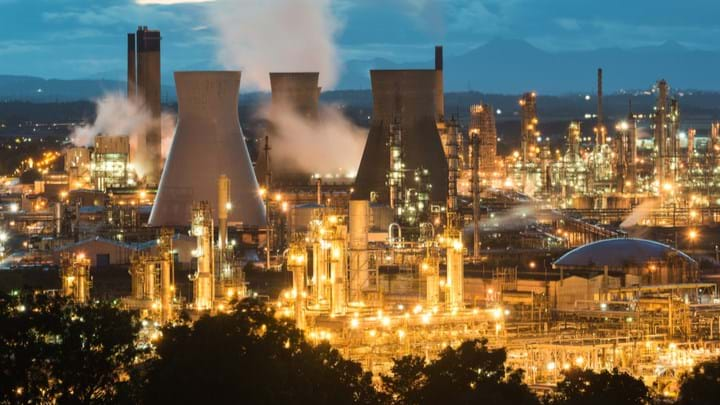Ineos announces investment for hydrogen upgrade at Grangemouth

INEOS has announced plans to invest more than £1bn (US$1.4bn) towards reducing emissions at its site at Grangemouth in Scotland.
It has already spent more than £500m on projects at Grangemouth, including its New Energy Plant – due to be completed in 2023 – which will cut CO2 emissions at the site by at least 150,000 t/y by supplying energy to all site operations.
With the new investment it plans to move to production and use of hydrogen by all businesses at Grangemouth, along with carbon capture and storage of at least 1m t/y by 2030. The plans include capturing CO2 from existing hydrogen production as well as the construction of a hydrogen facility with carbon capture enabled.
It plans further investments in energy reduction and optimisation, as well as changing its polymer product portfolio to include greater amounts of recycled content.
Net Zero Secretary Michael Matheson said: “I welcome this significant investment, which demonstrates Ineos’ support for Scotland’s journey to becoming a net zero economy by 2045. This will not only drive forward innovation and diversification to tackle emissions at Grangemouth, but will also support the decarbonisation of other sectors, sites and regions across Scotland.”
“Grangemouth, and Ineos itself, already holds a wealth of experience in engineering solutions and hydrogen production, and this new investment holds great potential for the future of Grangemouth, as well as the vital jobs that are located there, as part of our just transition to net zero.”
Andrew Gardner, Chairman Ineos Grangemouth, said: “Climate change is one of the most urgent environmental, economic and social issues of our time. We’ve set an ambitious plan to achieve net zero by 2045.”
“Our roadmap builds on the significant reductions we’ve already made at Grangemouth. When Ineos bought the site in 2005 it was emitting around 5m t/y of CO2. We’ve already reduced that to 3m t/y today. Our next step, to use hydrogen combined with carbon capture via the Acorn project, will reduce this to below 2m t/y.”
Recent Editions
Catch up on the latest news, views and jobs from The Chemical Engineer. Below are the four latest issues. View a wider selection of the archive from within the Magazine section of this site.




